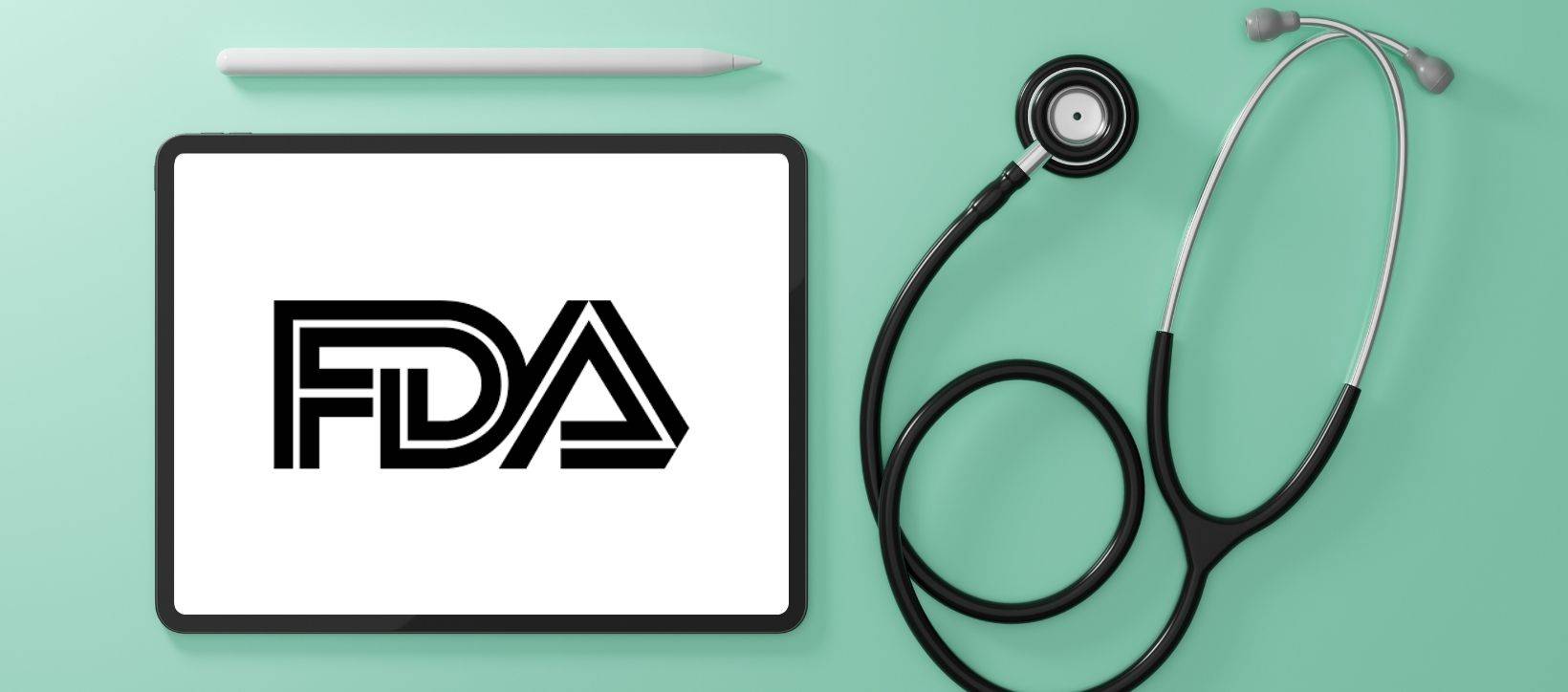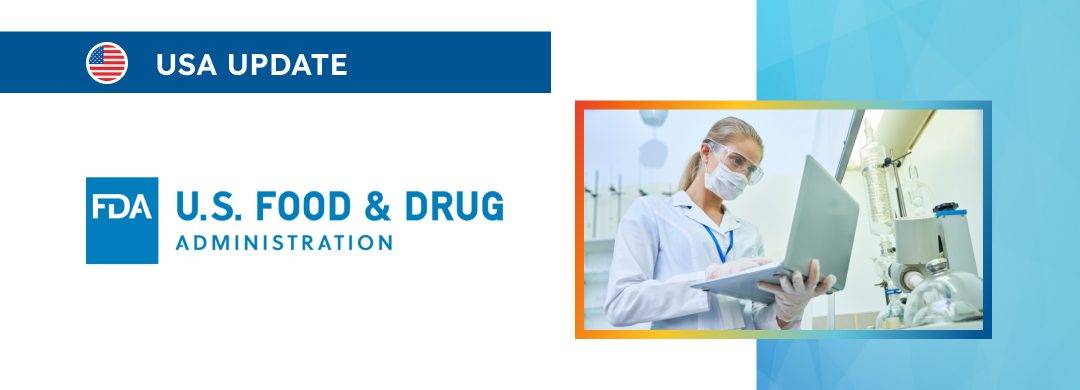
Table of content
The Food and Drug Administration (FDA or the Agency), the US regulating authority in the sphere of healthcare products, has published a guidance document dedicated to the approach to be followed when notifying the FDA of a permanent discontinuance or interruption in manufacturing of a medical device under section 506J of the FD&C Act.
The document provides an overview of the applicable regulatory requirements, as well as additional clarifications and recommendations to be taken into consideration by medical device manufacturers and other parties involved to ensure compliance thereto.
At the same time, it is important to mention that provisions of the guidance are non-binding in their legal nature, nor are they intended to introduce new rules or impose new obligations.
Moreover, the authority explicitly states that an alternative approach could be applied, provided such an approach is in line with the existing legislation and has been agreed with the authority in advance.
The scope of the guidance covers, inter alia, the aspects related to the scope of information to be included in 506J Notifications submitted under the respective framework.
According to the guidance, 506J Notifications are a vitally important aspect of the strategy to maintain a stable supply of medical devices in the United States.
These notifications, required under the applicable legislation, serve as an early warning system for potential disruptions in the supply of critical medical devices.
Their primary purpose is to enable the FDA to assess and respond proactively to avoid or mitigate any shortages that might adversely affect healthcare delivery.
Essential Components of 506J Notifications
As further explained by the authority, the basics of 506J Notifications are:
- Mandatory Information under Section 506J: The basis of these notifications lies in reporting any substantial changes in the production of medical devices.
Manufacturers must notify the FDA of any permanent discontinuation or any interruption in manufacturing that could lead to a significant disruption in the supply chain. Additionally, the reasons for such discontinuance or interruption must be clearly articulated. - Confidentiality and Security: Recognizing the sensitive nature of the information shared, the FDA assures manufacturers that any trade secrets or confidential information will be safeguarded under relevant United States Code sections.
- Additional Information for In-depth Analysis: To facilitate a comprehensive supply chain analysis, manufacturers are requested to provide extensive details. These include the submitter’s contact details, marketing submission numbers, FDA Establishment Identifier numbers, notification types, and FDA product codes. This information helps the FDA in accurately identifying the device concerned and understanding the broader context of the notification.
- Voluntary Information Submission: In addition to the mandatory data, the FDA encourages manufacturers to provide additional information that could be instrumental in assessing the overall market state.
This includes details about unplanned manufacturing or distribution challenges, increased demands that the manufacturer is unable to meet, and potential broader supply chain interruptions.
The FDA uses the data from these notifications in combination with other internal and external sources to conduct thorough impact assessments
.
These assessments are crucial in determining whether a device is in or near a shortage, understanding the potential impact on patients and healthcare delivery, and identifying necessary mitigation strategies.
The FDA may use this information to prioritize and expedite certain regulatory processes, such as the review of submissions or inspections of manufacturing facilities, to prevent or address shortages.

Procedures for Submission
The FDA has streamlined the process for submitting 506J Notifications. Manufacturers are encouraged to use the electronic submission method provided on the FDA website.
This system allows for both initial and subsequent updated notifications. For large-volume submissions, manufacturers may use a spreadsheet template provided by the FDA.
As an alternative, manufacturers can opt for email submissions, with specific email addresses designated for devices regulated by different branches of the FDA.
Consequences of Non-Compliance
In cases where manufacturers fail to comply with the 506J Notification requirements, the FDA is entitled to issue a letter to the concerned manufacturer.
This letter requires a response within 30 days, explaining the reasons for noncompliance and providing the required information.
The FDA may then make these communications public, albeit with necessary redactions to protect sensitive information, unless it is determined that the failure to notify was reasonable or the letter was issued erroneously.
Conclusion
In summary, the implementation of the 506J notification system is a strategic measure introduced to enhance the resilience of the medical device supply chain in the United States.
By requiring detailed and timely notifications from manufacturers, the FDA aims to stay ahead of potential disruptions, ensuring that the healthcare system remains equipped with essential medical devices.
This system not only helps in immediate crisis management but also contributes to long-term planning and preparedness in the healthcare sector. The collaborative approach between the FDA and device manufacturers, as facilitated by the 506J notification process, is fundamental in maintaining a steady supply of medical devices, ultimately safeguarding public health and ensuring the continuity of quality healthcare services.
How Can RegDesk Help?
RegDesk is a holistic Regulatory Information Management System that provides medical device and pharma companies with regulatory intelligence for over 120 markets worldwide. It can help you prepare and publish global applications, manage standards, run change assessments, and obtain real-time alerts on regulatory changes through a centralized platform. Our clients also have access to our network of over 4000 compliance experts worldwide to obtain verification on critical questions. Global expansion has never been this simple.

